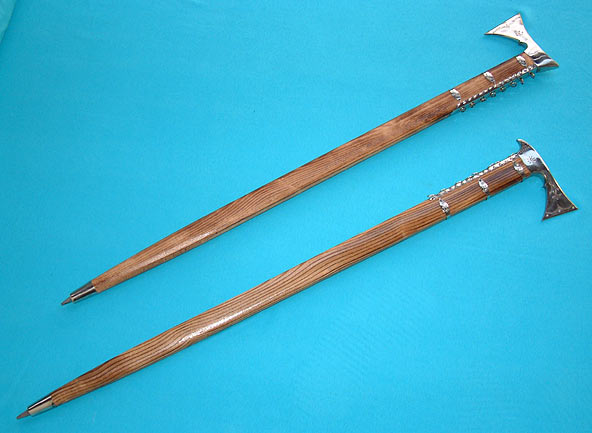- Joined
- Jan 29, 2014
- Messages
- 1,638
A friend was just down and told me to watch the latest episode of Antiques Roadshow. They run a little message during the show asking if anyone knows anything about the hatchet at the 18:45 mark. What I thought was interesting is the pins (or something) in the area which would be the poll - you get a good view of them at one point.
http://www.pbs.org/wgbh/roadshow/video/2015.html
It appears to be really well made for being something that would have been hand forged.
http://www.pbs.org/wgbh/roadshow/video/2015.html
It appears to be really well made for being something that would have been hand forged.





